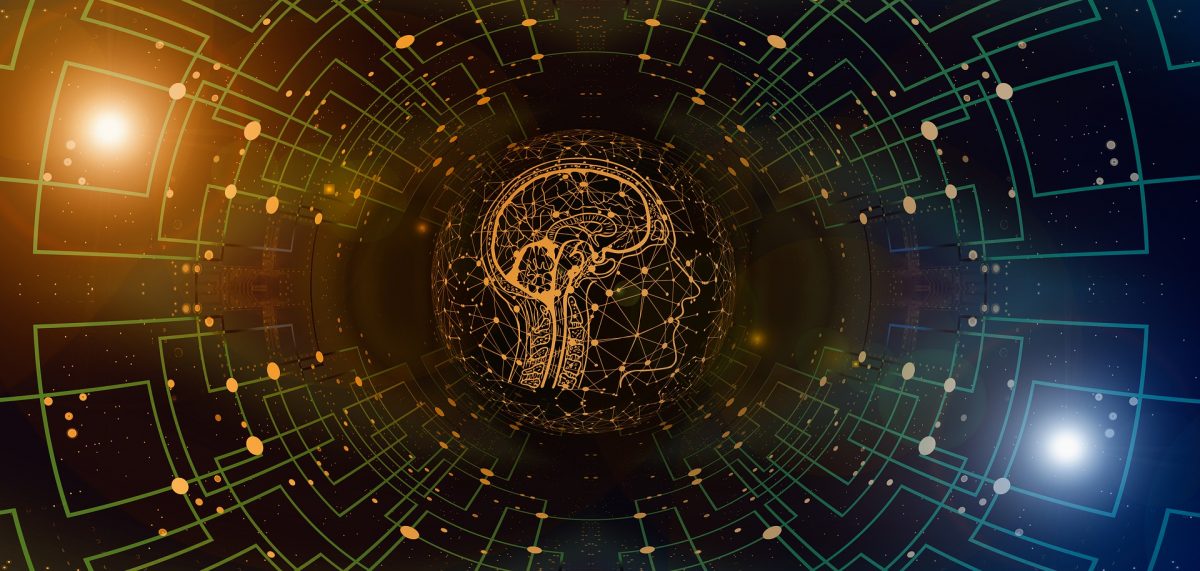Copyright is a type of intellectual property which provides the exclusive right to the owner to make copies of a creative work, either artistic, literary, dramatic, musical or otherwise. The creator of such creative work, or “author” has the exclusive commercial rights over the work.
Artificial intelligence has great significance in the realm of creative work. Recent successes have demonstrated that AI can independently learn how to perform tasks, prove mathematical theorems, and engage in artistic endeavors such as writing original poetry and music, and painting original works. AI with and sometimes without human assistance is also able to create artistic or innovative works. Therefore, such interplay of AI with the creation of creative work raises certain concerns in the field of copyright law.
Learn more about Intellectual Property Rights with Enhelion’s Online Law firm certified Master Course!
Before understanding the specific issues pertaining to copyright protection of AI generated work, it is pertinent to understand the difference between AI code and AI’s work product. AI code relates to the computer program or algorithm or the source code per se which constitutes AI. This code is what the programmer inputs into an AI. Such code is provided protection under copyright laws of various jurisdictions as TRIPS agreement provides that “Computer programs, whether in source or object code, shall be protected as literary works under the Berne Convention (1971)”[1]. Therefore, the programmer, or the person/entity which buys such AI from the programmer, is considered as the owner of such AI and enjoys the fruits out of copyright protection. On the other hand, AI’s work product relates to the creative product created by the AI. The major legal issue concerns the copyright protection provided to the work created by AI, either with or without human interference.
As discussed above, the AI’s creative work product can further be bifurcated into two categories, one where there is no human intervention, and the other where the programmer has minimal input into the final product. The legal issue pertains to whether in the former situation, the AI can be given authorship over the creative product, and in the latter situation, whether AI can be considered as a co-author of the creative work.
Learn more about Intellectual Property Rights with Enhelion’s Online Law firm certified Master Course!
With respect to the first issue, the jurisprudence developed in different jurisdictions clarify the situation as they unanimously believe that the creative works generated solely by AI are not copyrightable, if such creation does not involve any input or intervention by a human author.
In the United States of America, human authorship is the basic requirement as the Copyright Office reinforced the decision in New Idea Farm. Equip Corp. v. Sperry Corp[2] by holding that it will not register works produced by a machine or mechanical process if there has been no creative input or intervention from a human. Further, in Naruto v Slater[3], the court has opined that a non-human cannot hold copyright and hence cannot sue for infringement of copyright.
In the United Kingdom, the Copyright Designs and Patents Act, 1988 provides that the author of any literary, dramatic, musical or artistic work created by a computer is the person that made the arrangements necessary for the creation of the work undertaken[4]. A computer-generated work has further been defined by the Act as “work generated by computers without any human author of the work”[5].
Learn more about Intellectual Property Rights with Enhelion’s Online Law firm certified Master Course!
India also adopted a similar approach under Section 2(d) of the Copyright Act, 1957 by providing that “in relation to any literary, dramatic, musical or artistic work which is computer-generated, the person who causes the work to be created.”[6] However, it does not contain any explicit exclusion of interference from human author for computer-generated works.
Therefore, the copyright law regime of different jurisdictions expressly mention that the author of a computer-generated work is the person by whom the arrangements necessary for the creation of the work are undertaken.[7] Therefore, intervention by a human is necessary to render the output of an AI copyrightable.
Therefore, AI cannot be an author of the creative work. However, if we take this proposition into consideration, then the next issue arises as to who would be an author of the work created by AI if no human intervention takes place in the process of such creation?
Learn more about Intellectual Property Rights with Enhelion’s Online Law firm certified Master Course!
Let us consider a situation wherein an AI creates an artistic work without any human intervention and this work is infringing the right of another author of same/similar work. Even though work created by AI without any human intervention is not given copyright protection, however, does it imply that others also lose their right to sue for copyright infringement? To resolve such conflicts and the issue of liability arising out of the works created by AI, it is imperative to understand who should be considered the author of the work created by AI, without human involvement.
A possible solution to this issue is the doctrine of principal-agent relationship. If AI is considered as a mere agent of the person (human) who has a control over it, the issue of liability will be resolved. Also, since AI is created by a programmer and it functions according to the algorithms which have been programmed into it by the programmer, such programmer can be considered a principal, and AI be considered as its agent, as AI performs the specific tasks for which it is programmed. In the course of such performance, if the AI creates a creative work, the principal i.e. the programmer can benefit out of such creation, and also be considered liable, in case of any infringement (as principal is vicariously liable for the acts of agents). Further, though compensation is considered an important factor in the principal-agent relationship, and AI cannot be “paid” by the programmer in practical sense, the AI can be considered as a gratuitous agent as a gratuitous agent acts without a right to compensation from the principal. Furthermore, the gratuitous agent owes the same duties of care and loyalty that it would otherwise owe the principal as if it were a standard agent.
Learn more about Intellectual Property Rights with Enhelion’s Online Law firm certified Master Course!
If the AI is sold by the programmer to a third person/entity, such person/entity becomes the principal and enjoys the benefits and the burdens arising out of the creation of AI.
Therefore, although the copyright law regime globally necessitates human involvement or interference for protection of a creative work, the work generated by AI without such human interference should be given protection because firstly, it would provide incentive for further creations of such nature and secondly, it would provide a remedy to the party whose rights have been infringed by the creative work of AI. Thus, the principle of principal-agent relationship between the programmer and the AI can help in addressing these lacunas.
[1] Supra note 3.
[2] Supra note 7.
[3] Naruto v. Slater, 2018 WL 1902414.
[4] The Copyright Designs and Patents Act, 1988, s. 9(3) (United Kingdom).
[5] The Copyright Designs and Patents Act, 1988, s. 178 (United Kingdom).
[6] The Copyright Act, 1957, s. 2(d) (India).
[7] Ireland, UK, New Zealand, South Africa, and India.
Learn more about Intellectual Property Rights with Enhelion’s Online Law firm certified Master Course!

